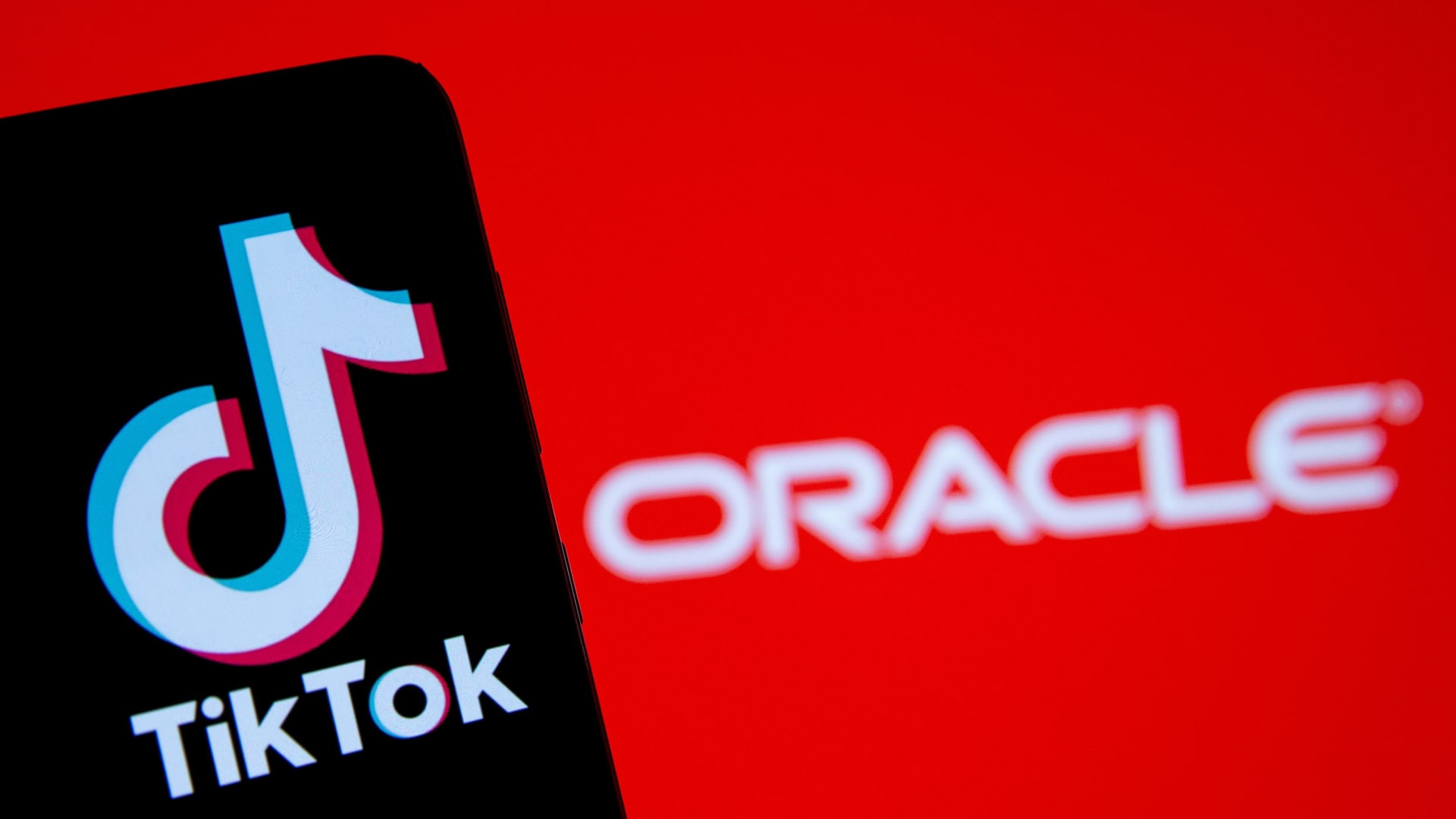Running a child care business has long been a very challenging math problem: many providers can barely afford to run it, but many parents can’t afford to pay more.
There was temporary relief during the pandemic. The federal government spent $24 billion to keep the industry afloat. Many providers, depending on their size, received thousands of dollars per month to cover their expenses, most of which was wages.
But this funding, which began in April 2021, expired in September. Five months later, business is more precarious than ever.
In addition to the elimination of monthly checks, providers’ costs have also risen with inflation – for food, supplies as well as liability and property insurance. Rising wages in the restaurant and retail industries have made it harder to hire child care workers, one of the lowest-paying jobs in the country.
And families’ use of child care has changed, making it difficult for providers to maintain the required workforce and generate stable income. Some parents are now using childcare less consistently because they are working from home more often during the pandemic or have found alternative arrangements, such as having their children looked after by family members or nannies.
The result is an industry on the brink, new data shows.
In a survey released Sunday by the National Association for the Education of Young Children, more than half of 3,815 child care facility owners or directors said they are taking in fewer children than their license permits. Mostly it was due to staff shortages – they said they couldn’t afford to pay the workers more because the parents couldn’t afford to pay more.
Half of the providers said they had increased tuition fees. Of a larger group of more than 10,000 child care providers surveyed, 55 percent said they knew of at least one program in their community that has been discontinued since federal funding ran out.
Many parents are feeling the stress of rising costs and declining availability. A recent Care.com survey found that, on average, they spend a quarter of their income on child care (according to the Department of Health and Human Services, child care should cost no more than 7 percent of a family’s expenses to be affordable). Income). A majority said tuition fees had increased and waiting lists had grown since funding ended.
Some have tapped into their savings or taken on additional jobs to pay for their care. Others have asked family or friends to care for their children or reduced their working hours to do so.
“As these funds disappear, it just pushes programs that were barely holding together to the brink of unsustainability,” said Elizabeth Ananat, an economist at Barnard College.
The Biden administration has asked Congress for $16 billion in additional child care funding for a year, and a group of Democratic senators have backed it, although it is unlikely to receive the Republican support needed for passage.
Meanwhile, some states, including some Republican-led states, have invested state funds to offset the loss of federal funding. For example, Vermont will spend $125 million a year on major subsidy eligibility expansions for low-income families, and Kentucky spent $50 million on grants after federal funding ran out.
That’s not enough, said Sondra Goldschein, executive director of the political action committee of the Campaign for a Family-Friendly Economy, which is spending $40 million to support President Biden and Democratic candidates who support child care. “We want child care to be considered permanent infrastructure and have made significant investments in this sector at the federal level,” she said.
Subsidizing child care for most providers, as the government has done during the pandemic, or for most families, as the Biden administration was unable to do in its social spending law, is politically unlikely. Republicans did not support the bill’s family policies, including fully subsidized child care and universal preschool.
But there was support for other ideas from both sides. One is to increase funding for the flat subsidy that helps low-income families pay for child care. It received an additional $15 billion during the pandemic, but that expires in the fall, and before that expansion only 14 percent of eligible families were covered. Another is to give employers tax breaks or other incentives to help employees pay for child care.
Policies that target low-income families and focus on how employers are more likely to reach bipartisan agreement on child care benefits, said Patrick Murray, vice president of government affairs at KinderCare, a chain of 2,300 daycare centers that has been working on the block grant as one political advisor to former Tennessee Republican Senator Lamar Alexander.
This year has been the most challenging in three decades for Rebecca Davis, who runs a daycare center in Arkansas from her home in the Little Rock area.
She used to care for children from six weeks old until they started kindergarten, but since the pandemic, the turnover has been higher. Taxes are due on the pandemic grant money.
Still, she can’t raise tuition: “There’s a catch: I’d like to give my employees a scholarship or an increase in their hourly wage, but I can’t because the cost of everything has gone up, and parents just can’t pay.”
Minus expenses — payroll, utilities, mortgage payments, groceries and supplies — Ms. Davis’ take-home pay is often around $2 an hour.
“You don’t make a living doing child care,” she said. “Why do I do this? Because I love making a difference in a child’s life.”
Before the pandemic, Shineal Hunter, like her mother, grandmother and great-grandmother before her, worked in child care and ran a center for 55 children in Philadelphia. The focus was on caring for children with behavioral problems and helping families find services such as housing or food assistance.
However, after the pandemic, the business became unsustainable due to rising costs, erratic attendance and staff shortages.
When federal funding ran out, she closed her center.
“It is heartbreaking that all the energy and effort I have put in over the last 15 years and the service I have provided in my community is gone,” she said. “I think of the children who are now falling through the cracks.”
She cares for a child at her home before and after school and works part-time as a therapist. However, she would like to return to childcare and plans to reopen.
Source link
2024-02-25 16:00:34
www.nytimes.com














